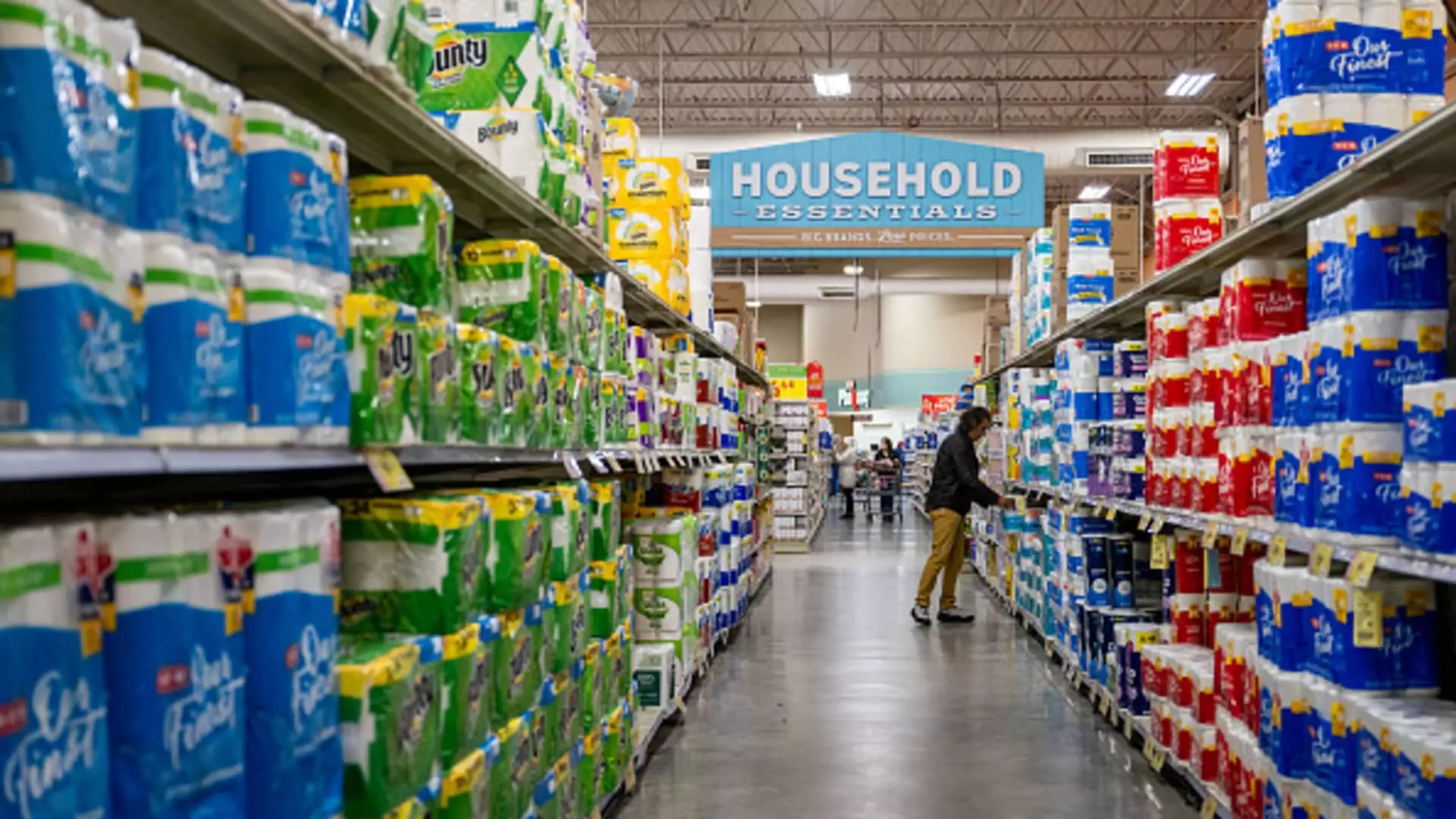In the upcoming weeks, shoppers across the United States are poised to feel the effects of the Trump administration’s latest tariff implementation. While these tariffs, aimed at more than 180 countries, were lauded for their intention to spur job growth domestically, they threaten to unleash a storm of price increases on everyday essentials like coffee, bananas, and toilet paper. The irony is glaring: in a bid to help American workers, we are potentially undermining everyday citizens who will be forced to pay more for items that are essential to their daily lives.
These tariffs represent an ill-considered approach to trade that fails to account for the intricacies of supply chains in a global economy. For instance, key ingredients that we rely on for food and household goods often have no viable domestic alternatives. The Consumer Brands Association (CBA) argues that while they understand the “America First” sentiment, it neglects some practical realities of modern commerce that could result in detrimental outcomes for consumers.
Consumer Impact: The Less-Visible Costs
Most people may recognize that tariffs raise the price of imported goods, but few realize the not-so-obvious consequences. Coffee, for example, is largely unavailable in favorable conditions domestically; therefore, we rely on imports. With Guatemala facing a 10% tariff on its banana exports and Madagascar seeing a staggering 47% tariff on vanilla, consumers will inevitably bear the brunt of these duty increases.
It isn’t just exotic items that shoppers will pay more for. The implications extend to basic household necessities like toilet paper and diapers. These familiar products are likely to see price hikes as costs for raw materials such as wood pulp and palm oil expand. Tariffs not only escalate what we pay at checkout but also amplify stress in household budgets, which are already stretched thin in many American homes.
Failing to Recognize Reality
The administration’s tariffs are fundamentally misguided, as they cater to a perception of growth that is, at best, unrealistic. Recent statistics reveal that around 90% of oats milled for food in the U.S. are sourced from Canada, thanks to a decline in domestic oat production. This long-term trend is a testament to the agricultural shifts that have rendered certain staples more precarious. As domestic production has dwindled, the hopes of tariffs re-establishing self-sufficiency seem naïve, if not outright foolish.
Commerce Secretary Howard Lutnick’s dismissive statements on the possibility of tariff exemptions for specific goods reinforce a troubling lack of foresight in this policy. Exemptions are precisely what the CBA argues for, suggesting that the administration should heed the voices of professionals who understand the mechanics of their industries. The lack of nuance in tariff implementation may lead to significant economic ramifications that the administration seems ill-equipped to address.
The Real Winners and Losers
While the consumer may ultimately become the victim of these tariff policies, a different picture emerges for investors. Stocks in consumer staples, such as Procter & Gamble and Coca-Cola, have risen against the backdrop of market uncertainty. This points to a shift wherein investors gravitate towards stability in turbulent times. The very consumers being squeezed by tariff-induced price increases may find solace in the fact that the companies they rely on are performing well in stock markets, capitalizing on their ability to pass higher costs onto consumers.
Such a dynamic reflects a troubling disconnect between markets and everyday American life. If major brands can safeguard their profit margins at the expense of consumers, this raises fundamental questions about the ethical landscape of corporate America. There’s a stark irony in the idea that while retailers may achieve record gains, ordinary families are left to negotiate escalating living costs due to policies meant to support them.
The Absurdity of the Situation
Ultimately, this scenario underscores an absurd paradox: in an effort to bolster local production, tariffs can exacerbate the very issues they aim to combat. As U.S. consumers prepare for the financial fallout, the disconnect between administrative policy and the realities of daily living becomes painfully evident. What was intended as a vehicle for economic rejuvenation could very well morph into a heavy burden on working-class Americans.
The tariffs may appeal to nationalistic sentiments, but they represent a failure to engage with the complexities of an interconnected economy. Sooner or later, we must ask ourselves whether prioritizing an ostensibly “America First” policy is worth the tangible consequences that will hurt so many at the checkout line. In the end, empty platitudes in trade policy do little to fill our grocery carts.

